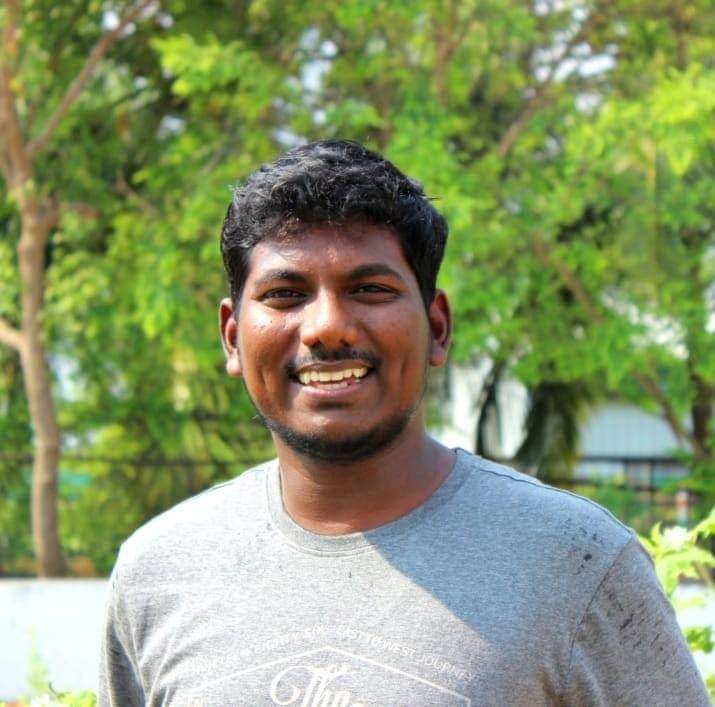For more than a month now, Ennore has been in the news continuously. First, we had the floods, then the oil spill and now the gas leak. Hundreds of villagers in Ennore have been protesting for two weeks against the industrial pollution that has been taking a heavy toll on their livelihood and health for nearly five decades.
Located in the northern part of Chennai, the Ennore Industrial Cluster has two thermal power stations, ash ponds, two ports, fertiliser manufacturing industries, pharmaceutical companies, oil storage terminals, coal storage yards and cement manufacturers.
Once a quiet and verdant locale, the Kosasthalaiyar River and the Ennore Creek made life economically sustainable for the fisherfolk living in Ennore. The unregulated industrial pollution of the area over decades has resulted in widespread environmental degradation. This calls for an urgent need to discuss the larger systemic issues and to look into the long-term impact of the recent incidents.
In this video interview, Shobana Radhakrishnan, Senior Reporter with Citizen Matters Chennai, discusses the burning issues in Ennore with Prabhakaran Veeraarasu, an environmental activist from Chennai.
Read more: Chennai’s Ennore in peril: Residents battle the nightmare of industrial pollution
Prabhakaran Veeraarasu is a long-time member of Poovulagin Nanbargal, a 30-year-old environmental organisation, working on the issues of GM crops, nuclear energy, air pollution, and climate change. He is also a strong advocate of alternative energy. Prabhakaran is a well-known campaigner on various issues related to pollution and waste management. At present, he is serving as an expert committee member in the Tamil Nadu state planning committee for framing the state’s waste management policy. He holds a Master’s degree in Environmental Engineering from Anna University. Prabhakaran has written two books, one on climate change and the other about air pollution.
Read more: Oil spill in Ennore brings fishing to a standstill
Current incidents to have a long-term impact
While the people of Ennore have been demanding the closure of Coromandel International Limited fertiliser company that caused the ammonia gas leak in Ennore, the National Green Tribunal has also taken suo moto cognisance of the case. In the meantime, it is also important to know about the protocols that should have been followed by the polluters in the case of the oil spill and gas leak. Noting that even the police personnel on the ground did not know what precautionary measures needed to be taken during the gas leak, Prabhakaran explains in detail the protocols in place and how they were blatantly violated during both incidents.
Further, explaining the long-term impact of the recent incidents on the ecology and people of Ennore, Prabhakaran notes that after the 2017 oil spill, fish production was completely affected. “After nearly six years, the fish production started getting a little better this year. Notably, the 2017 oil spill happened in the sea and it took over half a decade for the ecology to revive itself. This year, the oil spill has happened in the eco-sensitive zones of Ennore Creek and the impact is going to be much worse than last time,” he notes.
Watch the full video here:
